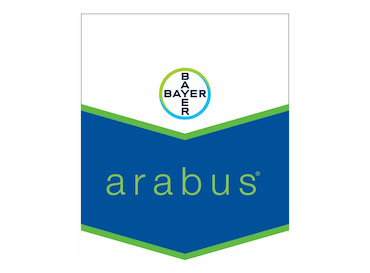

Specifications :
PRODUCT GROUP
EFFECTIVE SUBSTANCE
FORMULATION
TYPES OF PACKAGING
|
Plant Name |
Pest Name |
Usage Dose and Period |
Harvest with the last spraying |
|
Cotton |
Two-Spotted Red Spider (Tetranychus urticae) |
40 ml / da egg, nymph, adult |
21 |
|
Cotton red spider (Tetranychus
|
|||
|
Eggplant |
Two-Spotted red spider (Tetranychus urticae) |
50 ml / da nymphs, adult |
3 |
|
Cotton red spider (Tetranychus cinnabarinus) |
|||
|
Watermelon |
Ichino-spotted red spider (Tetranychus urticae) |
50 ml/da nimf,adult |
3 |
|
Cotton red spider (Tetranychus cinnabarinus) |
|||
|
Tomato |
Two-Spotted red spider (Tetranychus urticae) |
50 ml/100 l water nimf,adult |
3 |
|
Cotton red spider (Tetranychus cinnabarinus) |
50 ml/100 l water nimf,adult |
||
|
Whitefly (Bemisia tabaci) |
60 ml/100 l water larva,nimf |
||
|
Pepper |
Ichino-spotted red spider (Tetranychus urticae) |
50 ml/100 l water nimf,adult |
3 |
|
Cotton red mite (Tetranychus cinnabarinus) |
|||
|
Strawberry |
Ichino-spotted red spider (Tetranychus urticae) |
50 ml/100 l water nimf,adult |
3 |
|
Cotton red mite (Tetranychus cinnabarinus) |
|||
|
Cucumber (greenhouse) |
Cotton red mite (Tetranychus cinnabarinus) |
50 ml/100 l water nimf,adult |
3 |
| Clove (Sera) |
Ichino-spotted red spider (Tetranychus urticae) |
50 ml/100 l water adult, larva, nimf |
- |
PLANTS RECOMMENDATIONS
Cotton: The field is divided into 4 sections and one leaf from 25 plants is taken in 10-15 steps from each section and a total of 100 leaves is counted with a magnifying glass. If 5 red spiders per leaf in the Mediterranean Sea and 10 in the Aegean and Southeastern Anatolia have been reached, coating is applied. Partial spraying can be applied in edge contamination. The amount of water per decare should be determined by calibration according to the instrument to be used and the required medicine should be added to the determined water amount. In case of using tractor-driven ground tools, inter-row nozzles should be used.
Tomatoes, eggplants, watermelons and cucumbers: From the first flowering, the field is crossed from the corner and in 3-5 steps a count is made with a magnifying glass on a total of 10-20 leaves, one leafstone from the bottom and middle leaves of a plant. If the average number of red spiders per leaf is reached 3-5, then spraying should be done. Before application to decare, the amount of water going to one decare should be determined by calibration and the required amount of medicine should be added according to the determined amount of water.
Clove: Pesticide application should be performed when an average of 3-5 mobile individuals are seen per leaf on 25-30 leaves representing the greenhouse. Adjuvant that provides 0.2% adhesion should be used in cloves. There is no need to use spreader-glue in other plants.
Strawberry: 50 leaflets representing the field, an average of 15 moving individuals per leaflet, spraying should be done.
White flies: Pesticide should be applied when 80 larvae are seen on average of 0.5-2 per leaf in spring and 3 larvae in autumn.
PREPARATION AND USE OF THE DRUG
First, the required amount of drug is mixed with some water in a separate container. The prepared mixture is added to the tank of the sprayer filled with water up to half. The tank is mixed with the required amount of water and made ready for spraying. This mixture is sprayed to cover all sides of the plants when the air is cool and calm.
MISCABILITY
It is miscible with most insecticides, fungicides and foliar fertilizers, but a pre-mix test must be performed before application.
RESISTANCE MANAGEMENT
The plant protection product Arabus is an insecticide classified as Group 23 according to its mechanism of action. Repeated application of plant protection products with the same mechanism of action promotes resistance development. Therefore, to delay resistance development, do not exceed the total number of applications recommended by Arabus during the same production season. In cases where the application should be repeated, pay attention to use plant protection products with different action mechanisms (except Group 23). Arabus does not show cross-resistance with known acaricides. However, it is advisable not to use it more than twice against one harmful agent in one season. If necessary, a different acaricide should be used between the two treatments.
ANTIDOTE AND TREATMENT
There is no known antidote. Symptomatic treatment is applied.
Sosyal Ağ